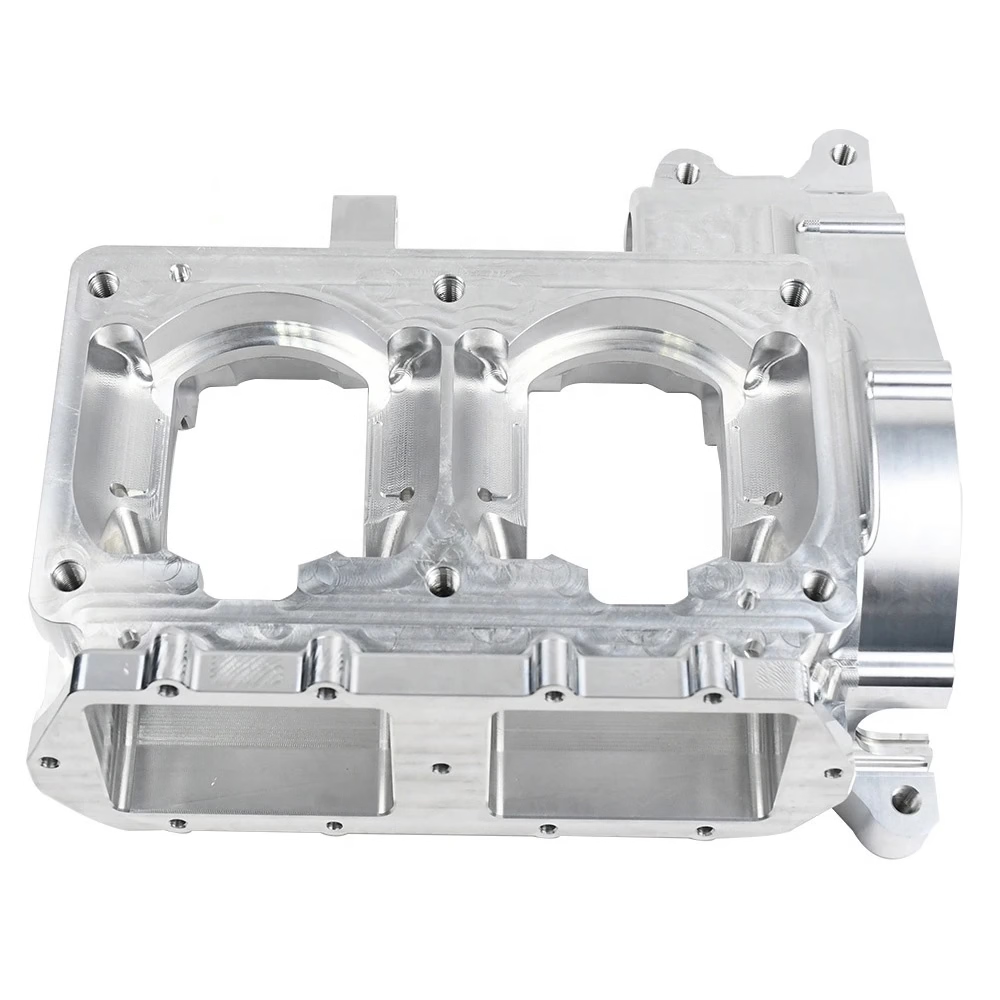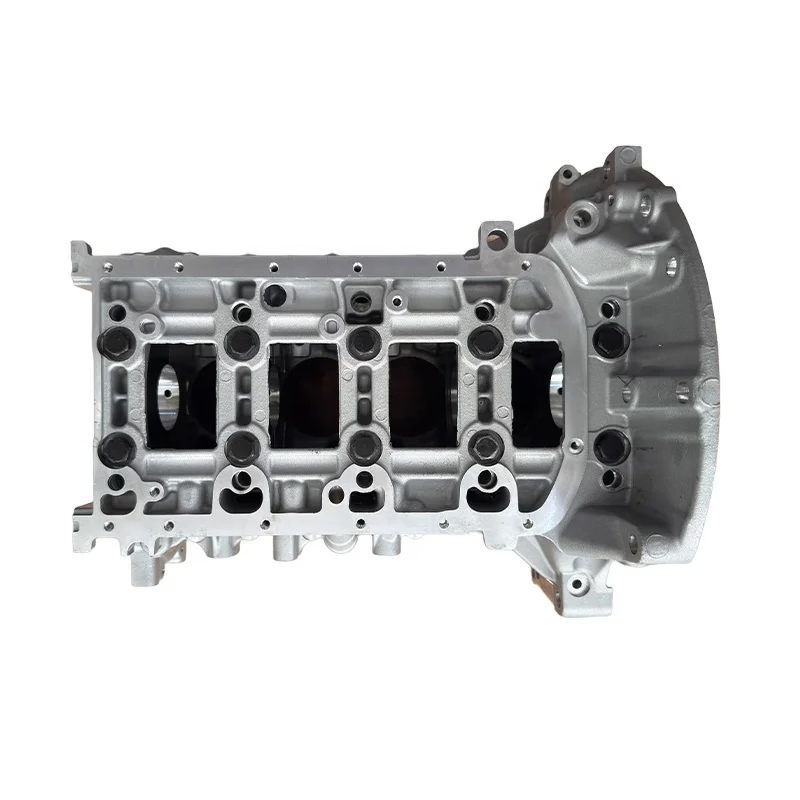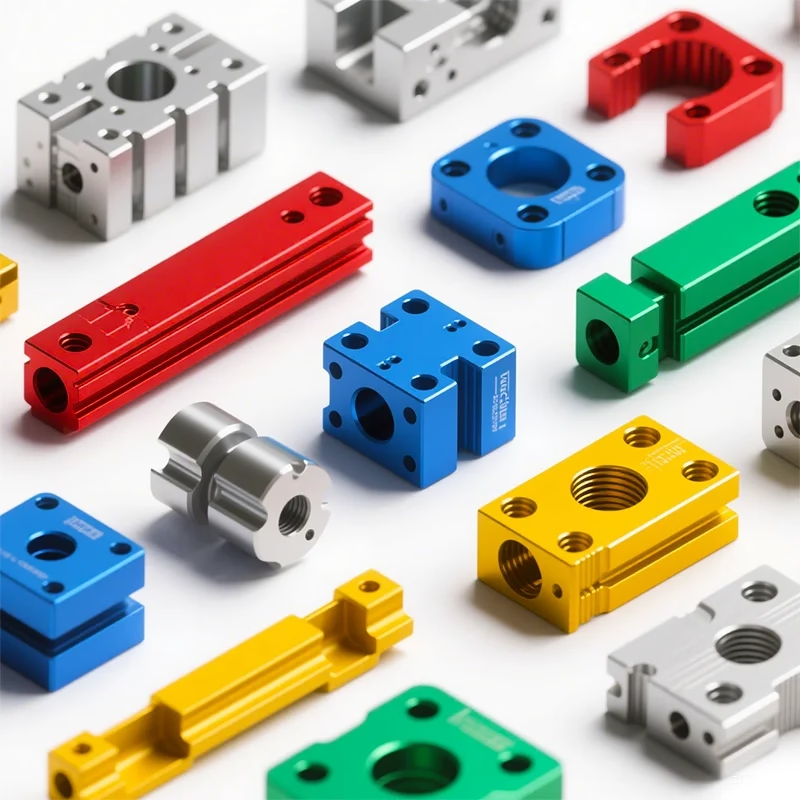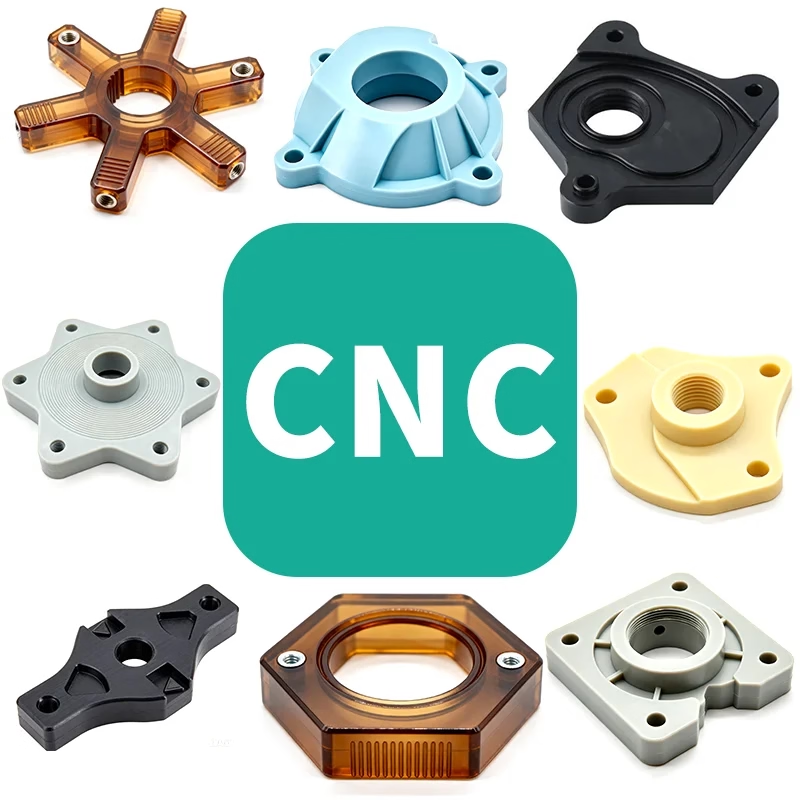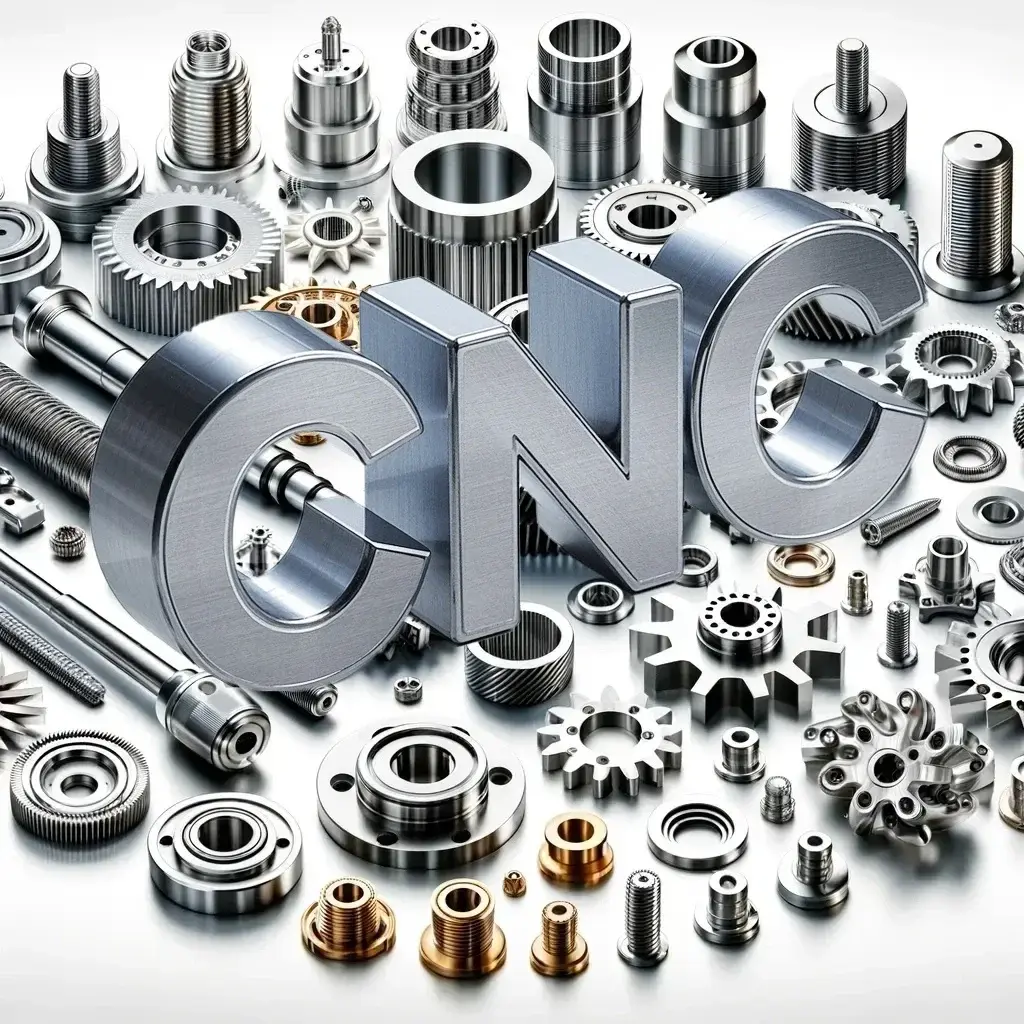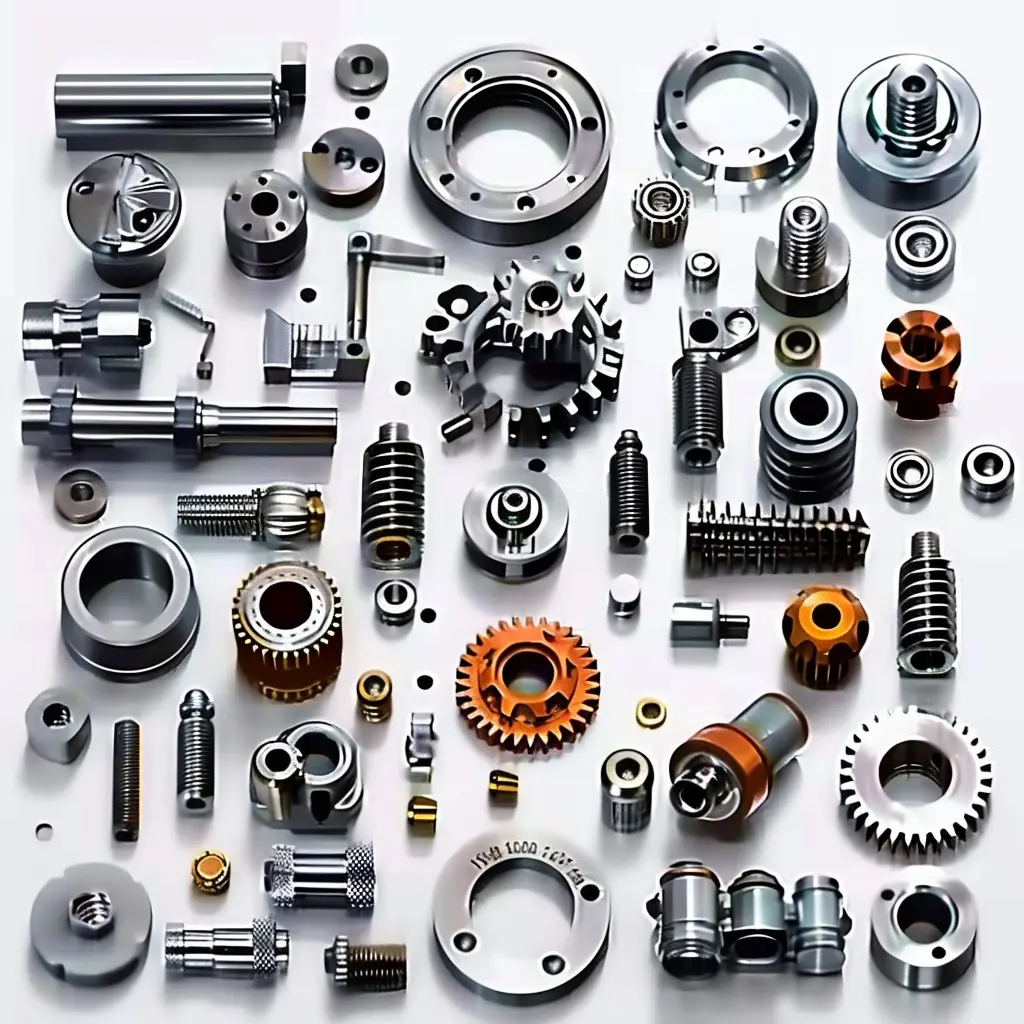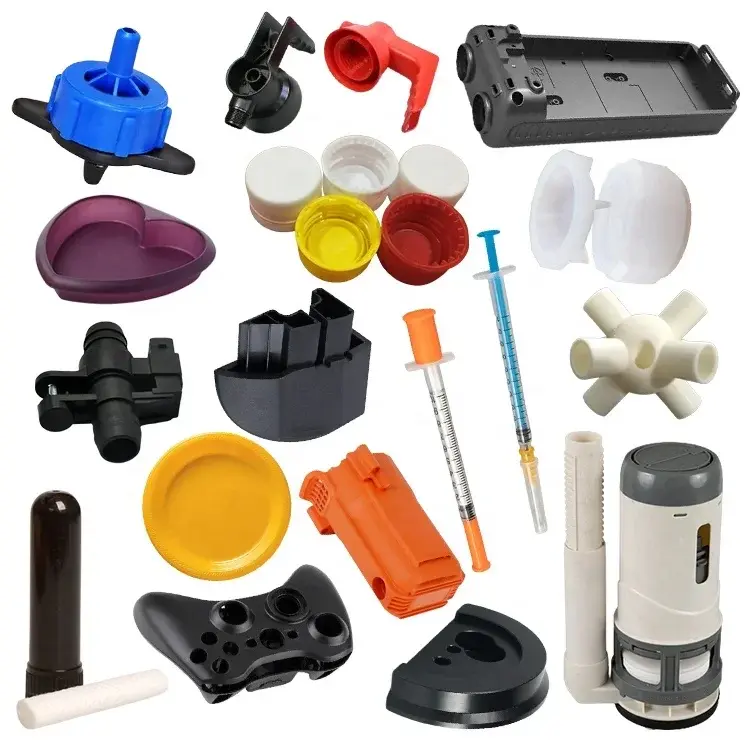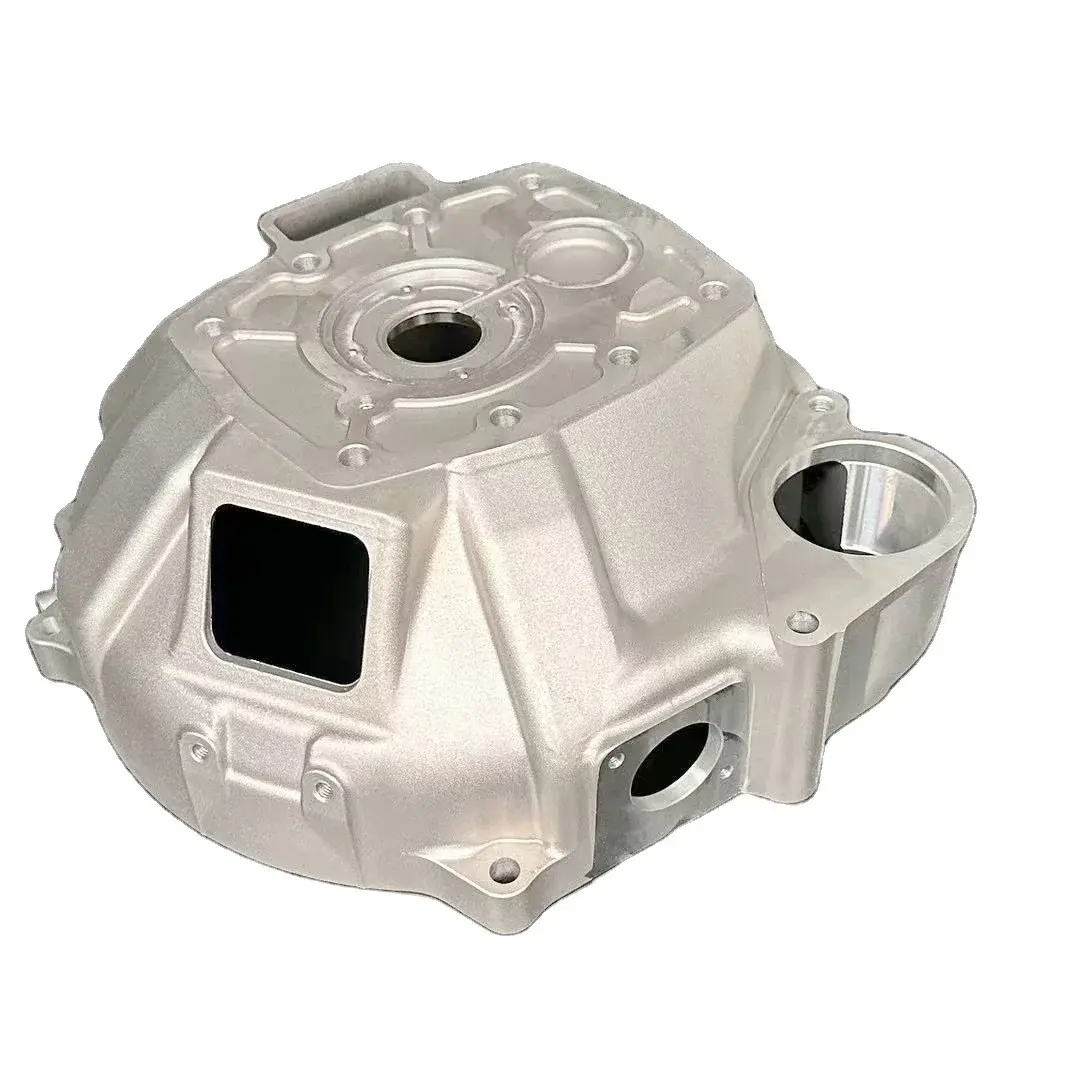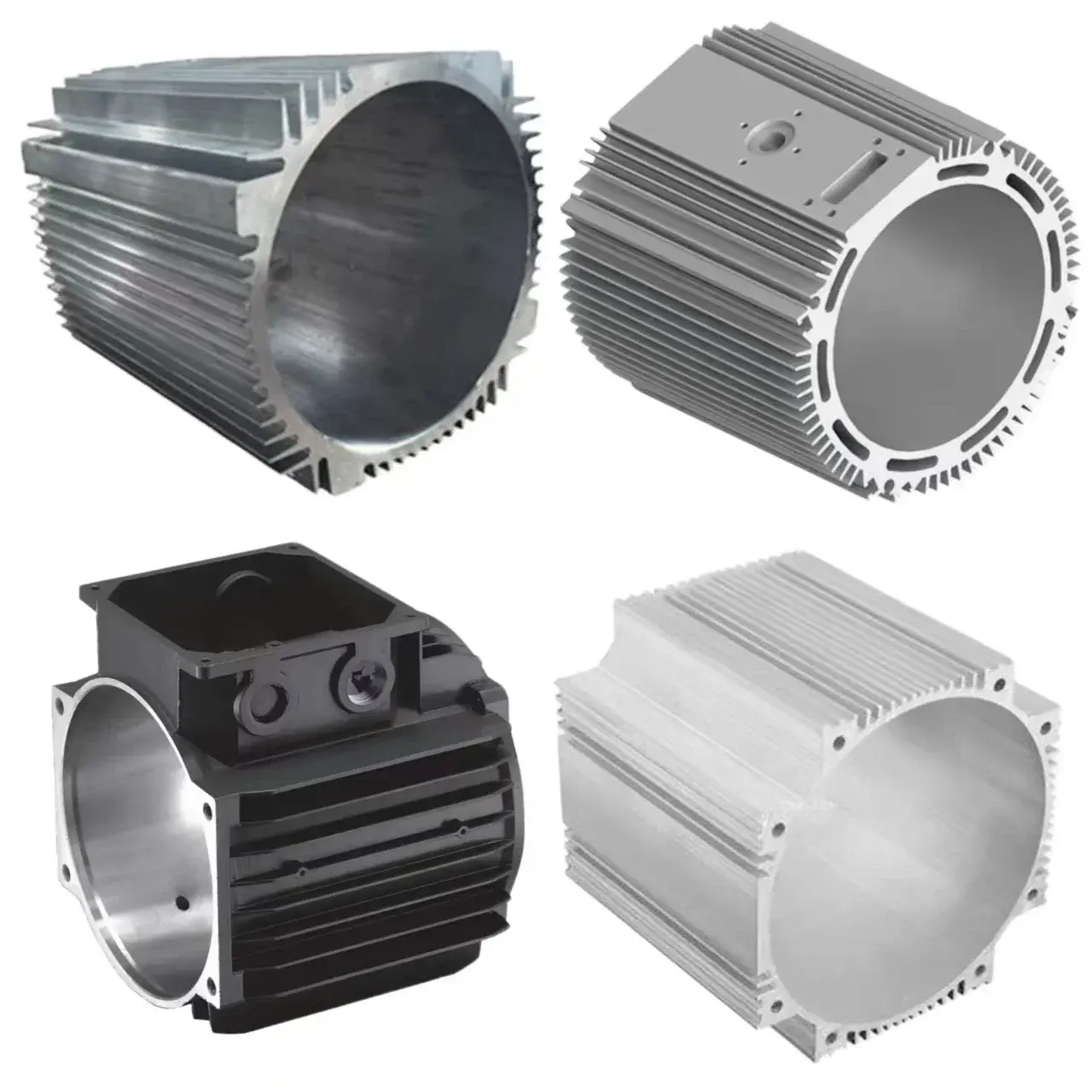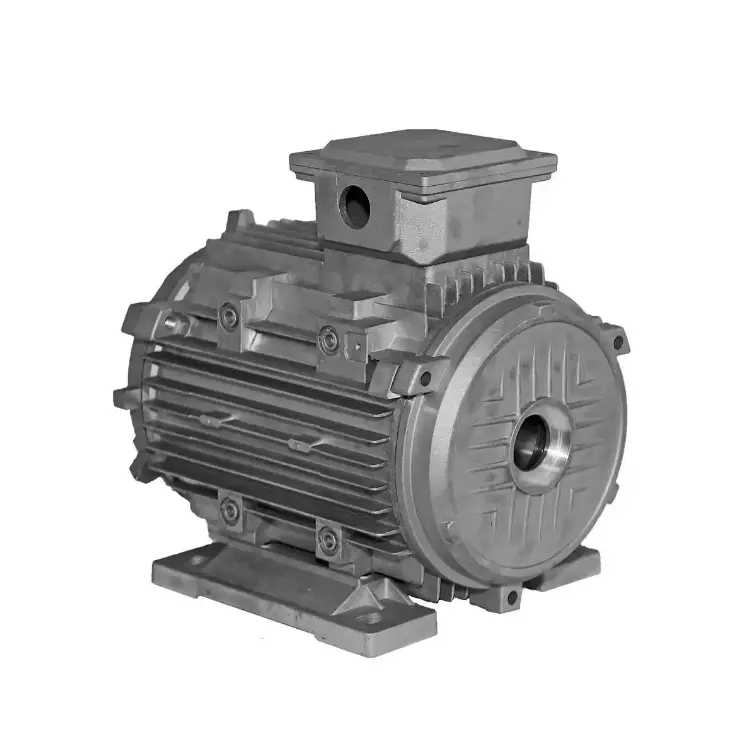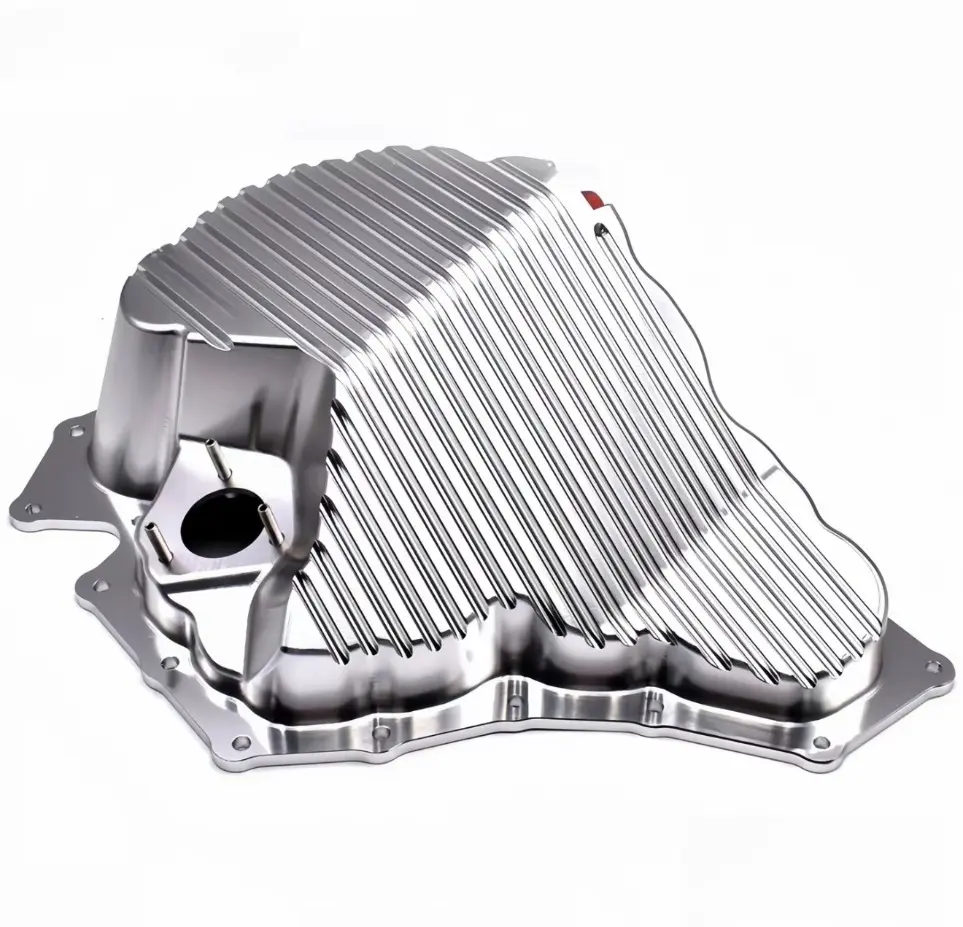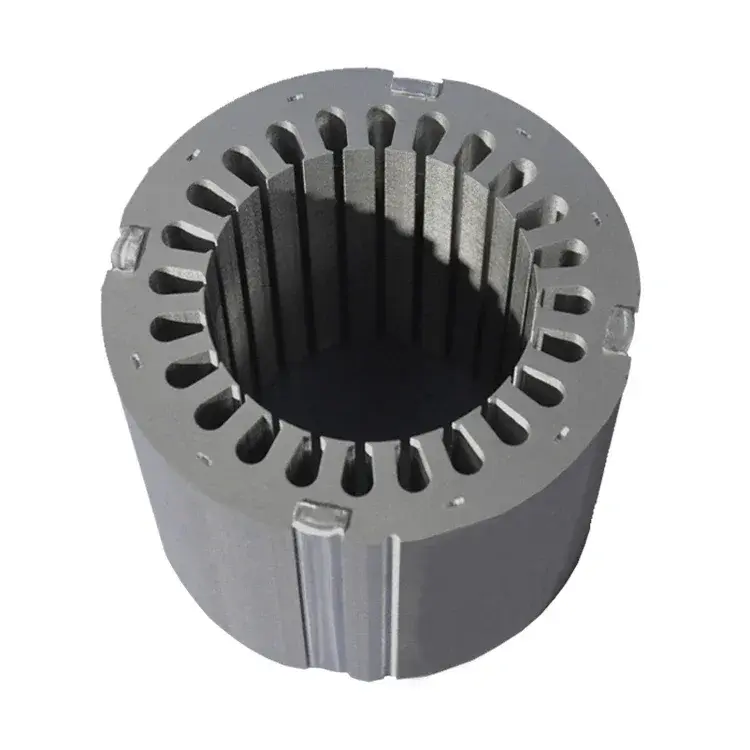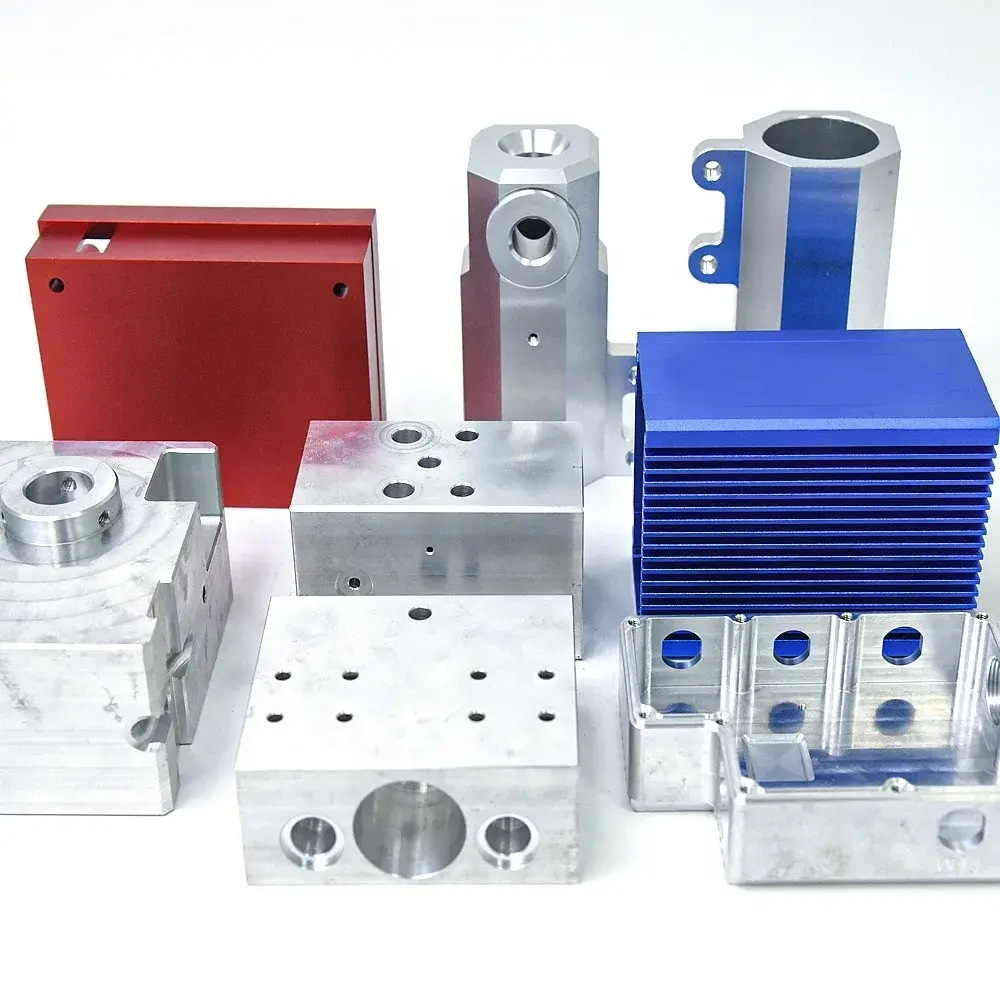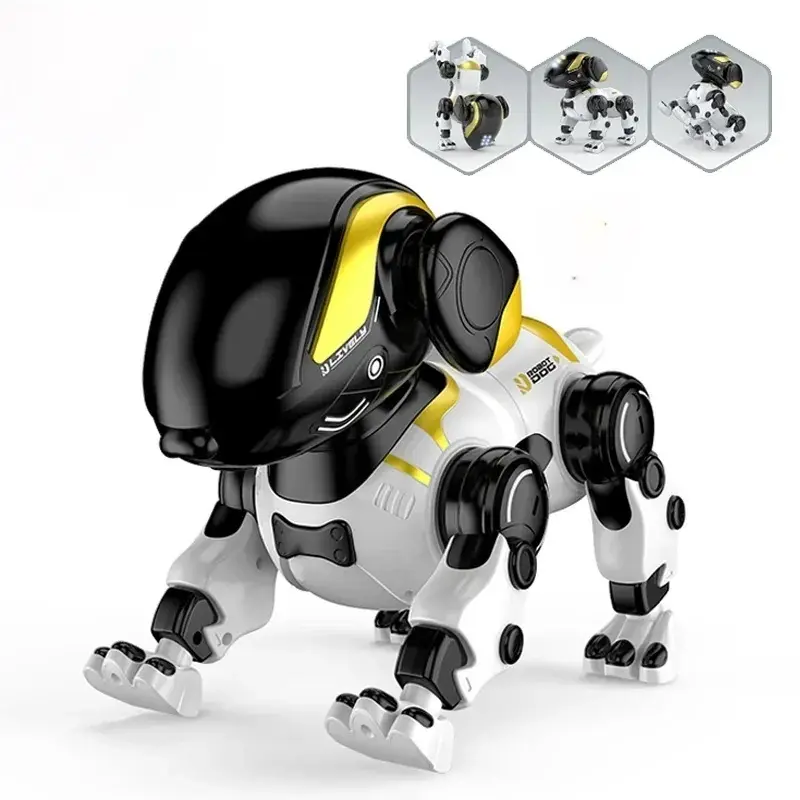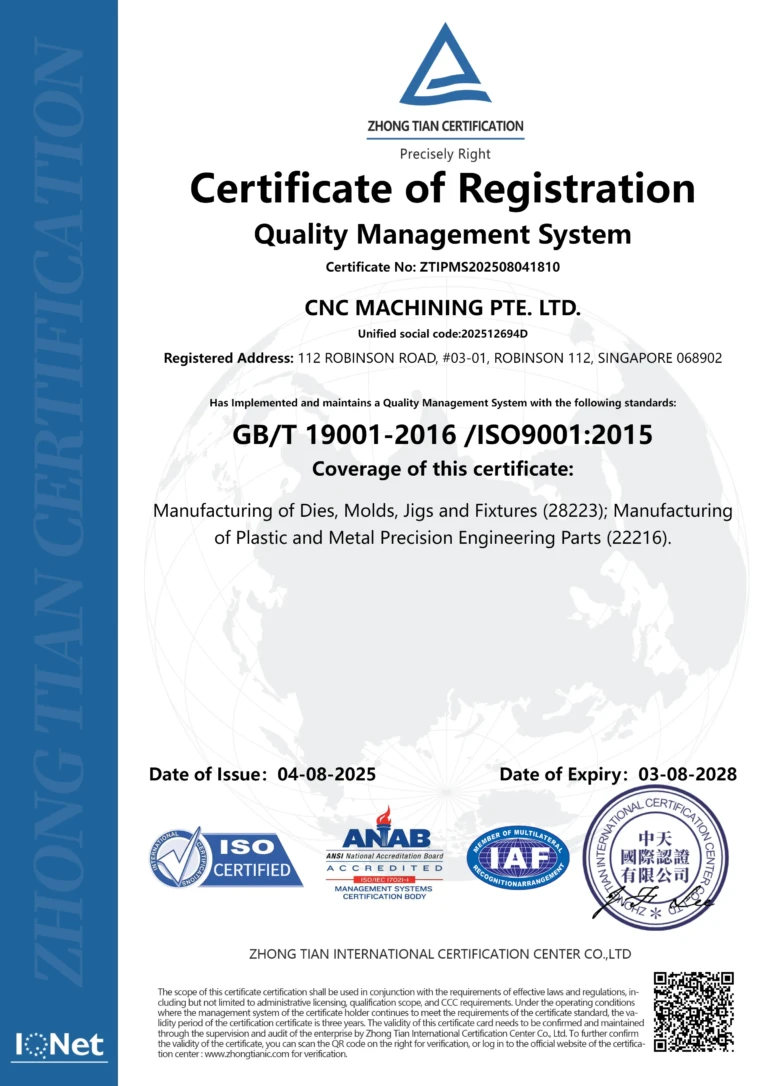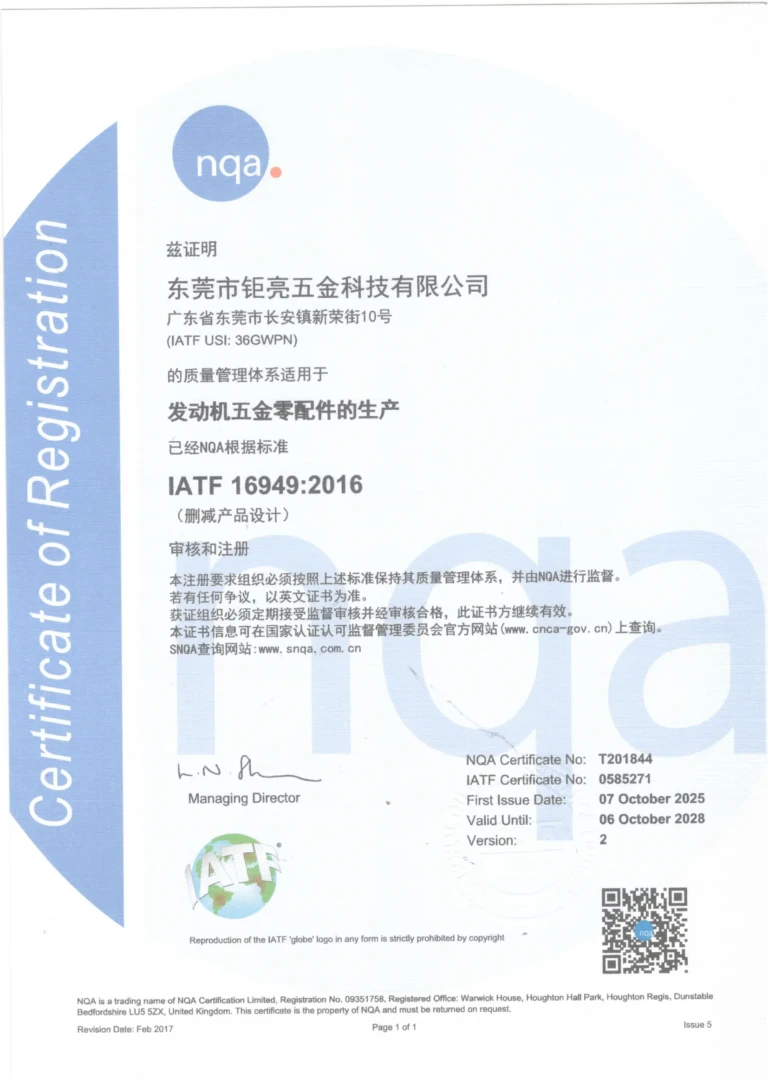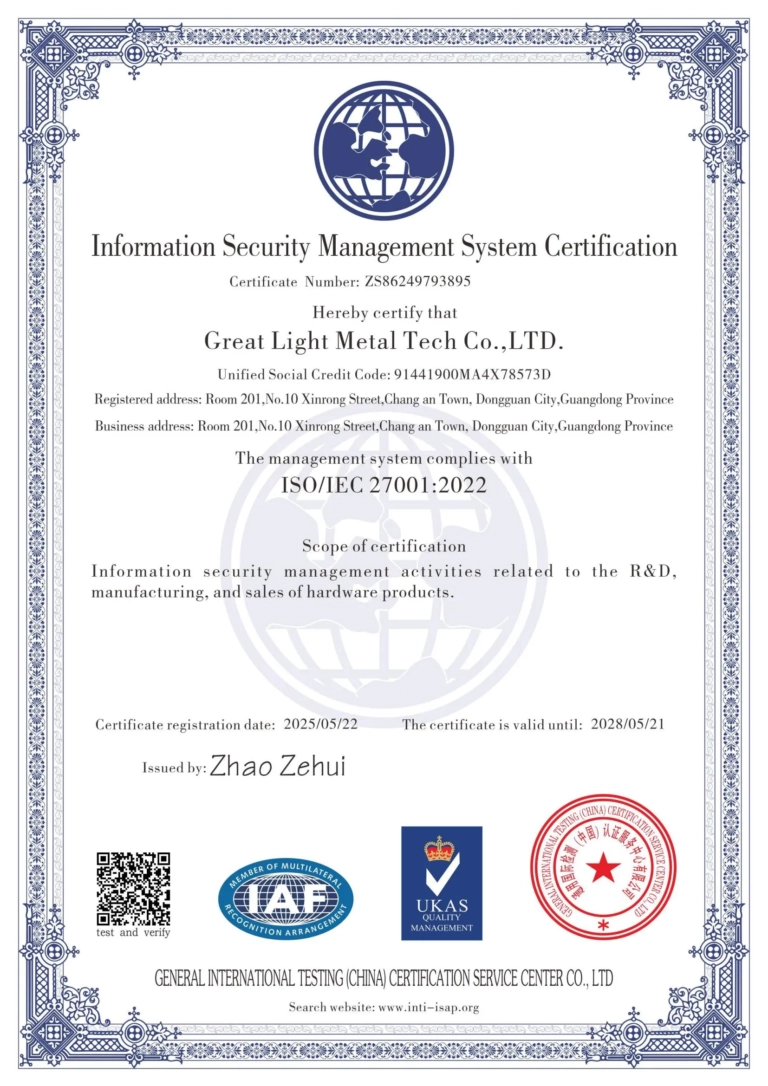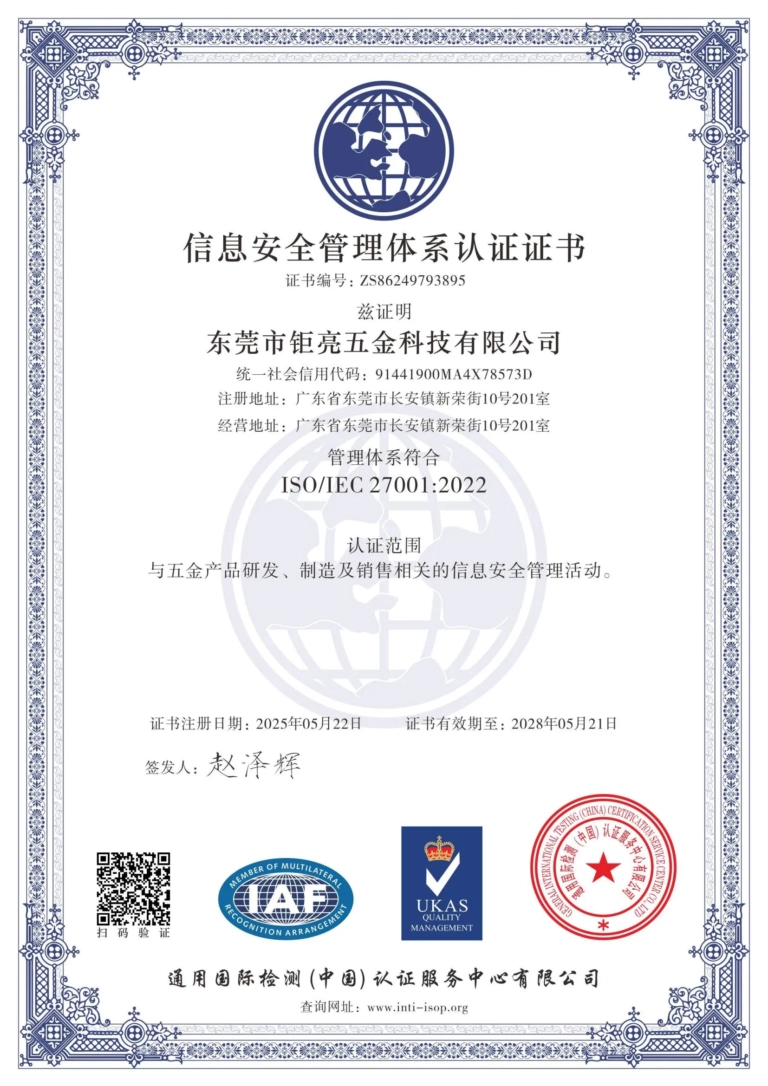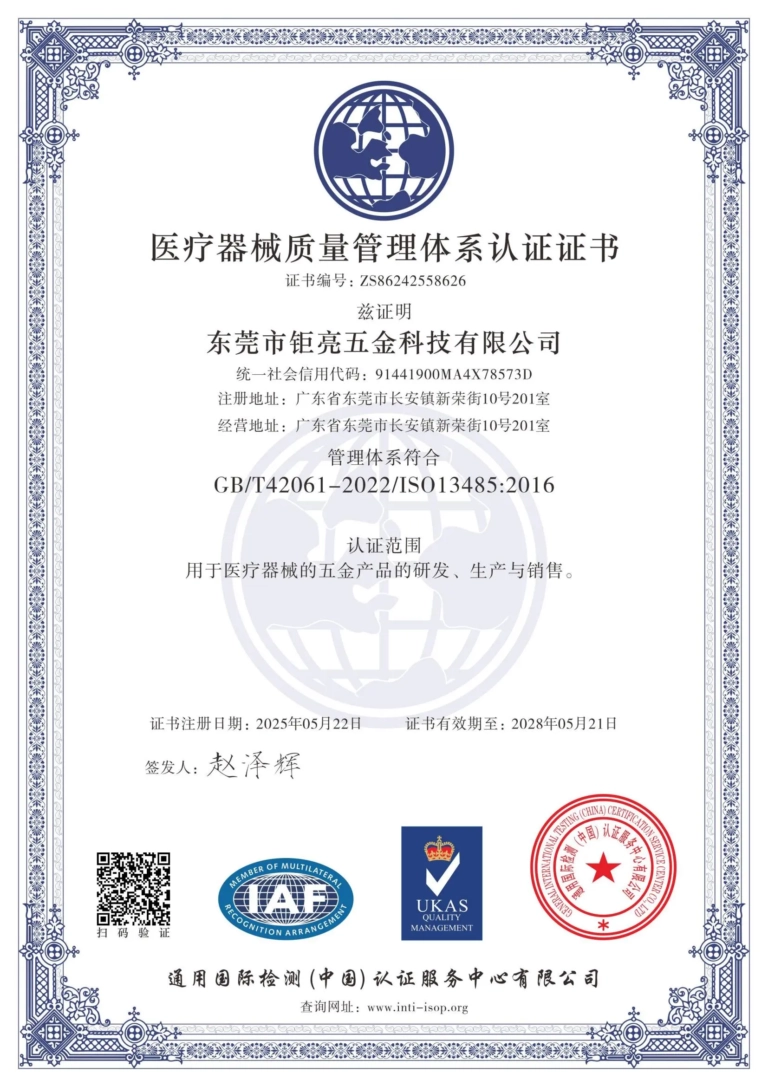1. Hydraulic turret
Features:
1. Strong power:
– The hydraulic system can generate large driving force, allowing the turret to move quickly and powerfully when changing tools. Even large and heavy tools can be easily tightened and loosened.
– When heavy cutting on some workpiece materials with higher hardness, the hydraulic turret can ensure that the tool remains stably clamped under strong cutting force.
2. Tighten firmly:
– With the high clamping force provided by the hydraulic system, the tool can be firmly fixed to prevent loosening and deviation of the tool during high-speed rotation and powerful cutting.
– This is essential to ensure machining accuracy, avoid scrap due to loose tools, and ensure the safety of the machining process.
3. Precision control:
– Advanced hydraulic control system allows precise regulation of flow and pressure to ensure the correct turret tool change position.
– Through the cooperation of precision hydraulic valves and sensors, the tool positioning accuracy can be controlled within a very small range to meet the requirements of high-precision machining.
4. Complexity of the system:
– The hydraulic turret must be equipped with special hydraulic pumping stations, oil lines, control valves and other hydraulic components, which increases the overall complexity and cost of the equipment.
– Hydraulic system maintenance also requires professional technicians to regularly check the cleanliness, pressure, flow and other parameters of the hydraulic oil to ensure the normal operation of the system.
Current process:
1. Receiving instructions: When the CNC system issues a tool change instruction, the hydraulic turret control system receives the signal.
2. Start the hydraulic system: the control system starts the hydraulic pump station, and the hydraulic oil is transported to each actuator of the turret through the oil pipe.
3. Release the tool: Hydraulic oil enters the hydraulic cylinder which releases the tool, pushing the piston to move, causing the clamping mechanism to release the current tool.
4. Cutter head rotation: When the tool is released, the hydraulic motor or other driving device drives the cutter head rotating to rotate the target tool to the processing position.
5. Tool clamping: When the target tool reaches the designated position, hydraulic oil enters the hydraulic cylinder that clamps the tool, pushing the clamping mechanism to firmly clamp the tool.
6. Confirm that the tool change is complete: Once the turret sensor detects that the tool is clamped in place, it sends a signal to the CNC system to confirm that the tool change is complete.
During the whole operation, the pressure and flow of the hydraulic system should be adjusted according to different tool and processing requirements to ensure that the tool changing speed and clamping force are moderate. At the same time, the tightness and cleanliness of the hydraulic system are also crucial to the performance and life of the turret and require regular maintenance and maintenance.
2. Servo turret
Features:
1. High precision positioning:
– The servo motor has extremely high position control precision and can achieve nano-level position adjustment. This allows the servo turret to precisely position the tool in the required processing position, thereby significantly improving processing accuracy.
– For processing some high-precision parts, such as aerospace parts, medical equipment, etc., the advantage of high-precision positioning of the servo turret is particularly obvious.
2. Quick response:
– The servo motor can respond quickly to CNC system instructions and achieve rapid tool changes. Compared with traditional mechanical turrets, the tool change time can be reduced several times or even more.
– This is of great importance to improve processing efficiency and reduce the processing cycle, especially in cases of mass production and high-speed processing.
3. Strong programmability:
– The servo turret can perform various complex tool changing actions and plan the tool path through programming. For example, the appropriate tools can be automatically selected according to the different requirements of the machining process and precise tool compensation can be carried out.
– This programmability allows the servo turret to adapt to different machining tasks and part shapes, increasing the versatility and flexibility of the equipment.
4. Easy maintenance:
– The servo turret is mainly composed of motors, drives, encoders and other electronic components. Compared with the hydraulic turret, its maintenance is more convenient.
– Fault diagnosis and repair of electronic components is relatively simple and can be monitored and debugged through software, reducing downtime and maintenance costs.
Current process:
1. Receiving and processing instructions: After the CNC system issues a tool change instruction, the servo turret controller receives the instruction and analyzes it. The controller determines the target tool position and tool change action parameters according to the instructions.
2. Servo motor drive: The controller sends a drive signal to the servo motor, and the servo motor rotates precisely at a certain angle and speed according to the signal.
3. Action of transmission mechanism: The servo motor transmits the rotational motion to the cutter head through gear transmission, worm transmission or other transmission mechanisms, so that the cutter head rotates towards the position of the target tool.
4. Tool positioning: As the cutter head rotates, the encoder or other position sensor feeds the cutter head position information back to the controller in real time. The controller performs precise position control based on feedback information to ensure that the target tool is precisely positioned at the processing position.
5. Tool clamping: When the target tool reaches the position, the controller sends a tightening signal and the clamping mechanism clamps the tool pneumatically, hydraulically or electrically.
6. Feedback confirmation: Once the clamping mechanism sensor detects that the tool is clamped in place, it sends a signal to the controller. The controller then sends the tool change completion signal back to the CNC system.
The servo turret operation process is highly dependent on precise position control and rapid response capabilities. Servo motor performance, transmission mechanism accuracy, and sensor accuracy all have a significant impact on turret operation. At the same time, controller programming and parameter settings should also be optimized according to specific machining tasks to achieve the best tool changing performance.
3. Electric knife turret
Features:
1. Simple and compact structure:
– The power tool turret generally consists of a motor, gear transmission mechanism, cutter head, etc., and its structure is relatively simple. This makes it smaller and takes up less space, making it easy to install on various CNC machine tools.
– The simple structure also reduces the manufacturing difficulty and cost, which makes the electric tool turret widely used in some small and medium-sized CNC machine tools.
2. Lower cost:
– Power tool turrets are relatively inexpensive to manufacture because they do not require complex hydraulic systems or high-precision servo motors. This is an important consideration for some businesses with limited budgets.
– At the same time, the lower cost also makes the electric tool turret competitive in some popular CNC machine tool markets.
3. Tool change reliability:
– With the properly designed gear transmission mechanism and motor control system, the power tool turret can achieve reliable tool changing operations. Although the tool changing speed and clamping force are not as good as those of hydraulic turret and servo turret, they can still meet the requirements of general machining tasks.
– The reliability of power tool turrets is also reflected in fewer points of failure and reduced maintenance requirements.
4. Energy saving and environmental protection:
– Electric turret consumes relatively less energy during operation Compared with hydraulic turret, there is no problem of hydraulic oil leakage and contamination.
– This conforms to the requirements of modern manufacturing for energy saving and environmental protection, and helps to reduce enterprise operating costs and environmental burden.
Current process:
1. Command reception: After the CNC system sends a tool change command, the power tool turret control system receives the signal.
2. Starting the engine: The control system starts the engine, and the engine drives the cutter head to rotate through gear transmission or other transmission methods.
3. Cutting head rotation positioning: The motor rotates according to the program and preset parameters to rotate the target tool to the processing position. During the rotation process, the position of the cutting head can be determined by limit switches, encoders and other devices.
4. Tool clamping: When the target tool reaches the position, the clamping mechanism clamps the tool by electromagnetic force, mechanical force, etc.
5. Confirm completion: After the clamping mechanism sensor detects that the tool is clamped in place, it sends a signal to the control system, and the control system then returns the signal indicating that the change of The tool is finished at the CNC system.
The operation process of the power tool turret is relatively simple, but its performance depends on the power, speed, precision of the motor and the reliability of the transmission mechanism. During operation, attention should be paid to the overload protection and heat dissipation of the motor to ensure long-term stable operation of the turret. At the same time, regularly inspect and maintain the clamping mechanism to ensure the clamping force and stability of the tool.
Daguang focuses on providing solutions such as precision CNC machining services (3-axis, 4-axis, 5-axis machining), CNC milling, 3D printing and rapid prototyping services.

